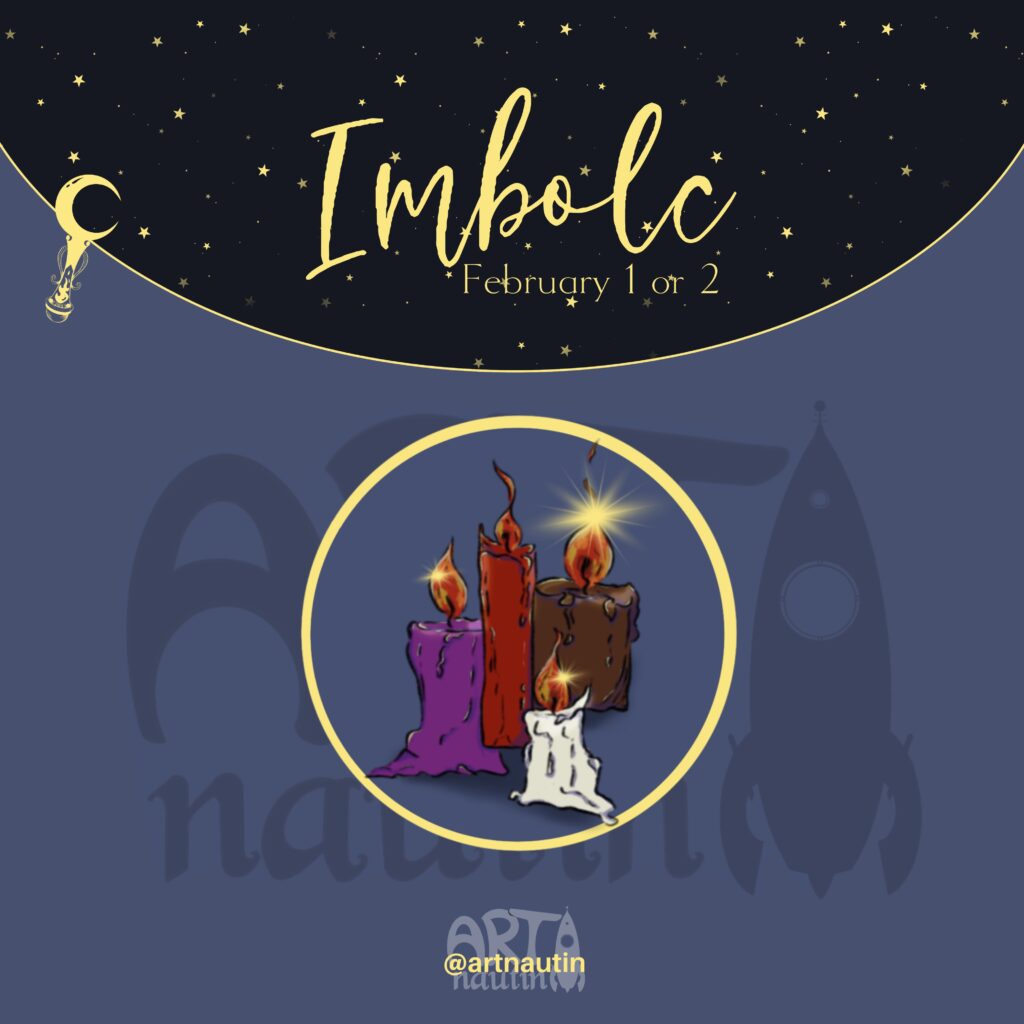
Imbolc, a traditional Celtic festival, celebrates the onset of spring and the lengthening of days. The darkest days are over now. It is held on February 1st or 2nd, halfway between the winter solstice and the spring equinox. This festival, deeply rooted in ancient folklore and tradition, is rich with symbolism and unique customs.
The Significance of Imbolc
Imbolc holds a special place in the Celtic calendar as it marks the transition from winter to spring. It’s a time of renewal and rebirth, where the first signs of life begin to stir after the long winter. The name “Imbolc” itself is believed to derive from the Old Irish “i mbolg,” which means “in the belly,” a reference to the pregnant ewes that are a common sight at this time in the farming calendar. This natural event is seen as a clear sign that warmer days are on the horizon, and life is about to bloom once more.
Historical Origins
The origins of Imbolc can be traced back to pre-Christian Ireland, where it was one of the four major “fire” festivals in the Celtic year. It was traditionally dedicated to the Celtic goddess Brigid, who was associated with healing, poetry, and smithcraft. With the spread of Christianity, Brigid was transformed into a Christian saint, St. Brigid of Kildare, and many of the ancient customs were incorporated into the Christian calendar as St. Brigid’s Day. However, the elemental connection to fire and purification remained, symbolizing the burning away of the old season and the welcoming of the new.
Modern Celebrations of Imbolc
Today, this witchy festival is celebrated in various ways across the world. In Ireland, St. Brigid’s crosses made from reeds are a common sight, hung in homes to offer protection for the coming year. Bonfires and candlelit processions are held, symbolizing the return of the sun’s warmth. In the wider pagan and Wiccan communities, Imbolc is considered a time for personal growth and cleansing. Rituals often involve the lighting of candles, purification rites, and the ushering in of new beginnings.
Imbolc, with its rich history and symbolism, offers us a chance to celebrate the natural cycles of the earth and the promise of spring. Whether you choose to craft a St. Brigid’s cross, light a candle in the darkness, or simply take a moment to appreciate the lengthening days, the spirit of Imbolc encourages us to welcome change, growth, and renewal.
Some ideas for Imbolc:
- Create and decorate a Brigid’s Cross or a Brigid’s Bed as part of your Imbolc ritual.
- Start seeds indoors as a symbol of the new growth that Imbolc represents.
- Create a ritual of lighting candles to represent the returning warmth of the sun.
- Hold a purification ceremony, such as a ritual bath or smudging, to symbolize cleansing and renewal.
- Prepare a feast using traditional foods associated with Imbolc, such as dairy products and seeds, to celebrate the fertility of the coming season.
- Write down dreams or goals for the coming year and burn them in a ritual fire to release your intentions to the universe.
- Perform a blessing or protection ritual for your home, using herbs associated with Imbolc.
- Snowdrop
- Christmas rose
- Dandelion
- Rowanberry
- Cowslip
- Cinnamon
- Cedar
- Chamomile
- Dandelion
- Turquoise
- Amethyst
- Black Onyx
- Moonstone
- White
- Pink
- Brown
- Red
Creative light and love, Ramona
More about the Witch’s Wheel of the Year.
Get some magick for your inbox, with my monthly newsletter. <3
You do love magical art? Follow me on Instagram!

